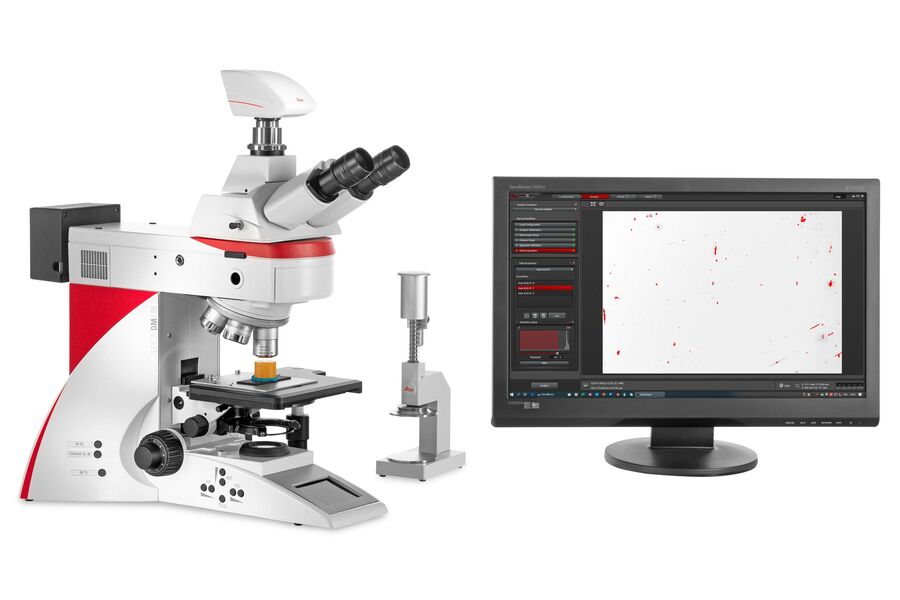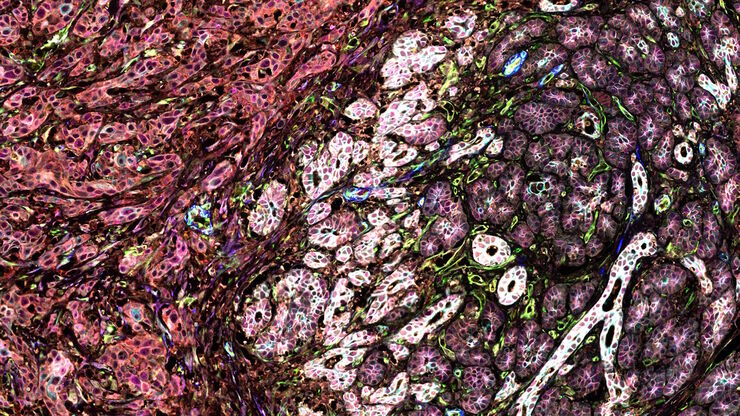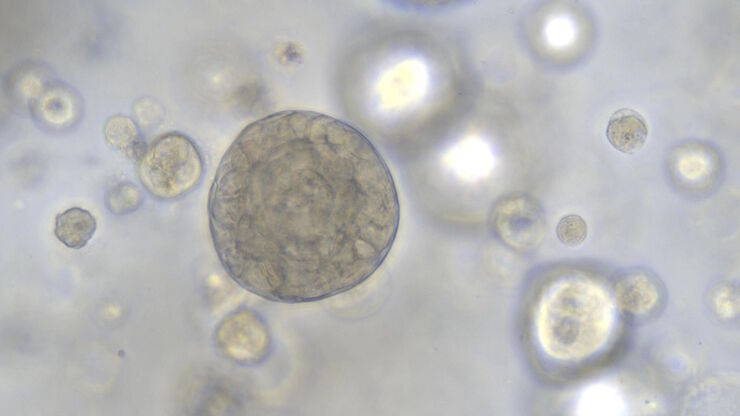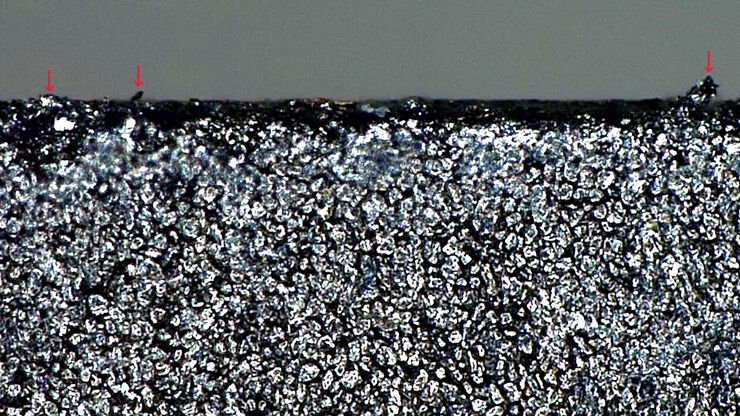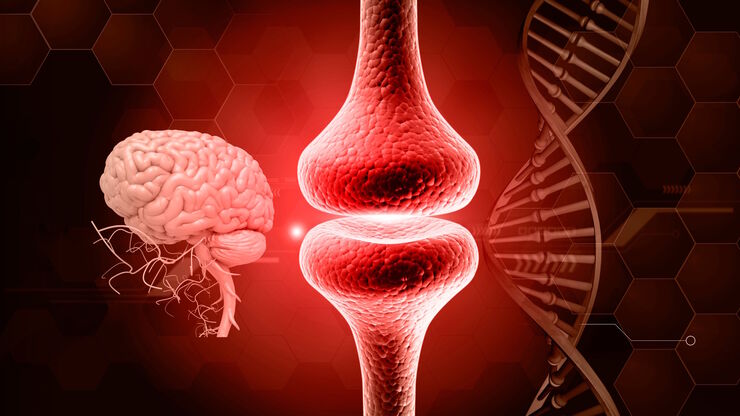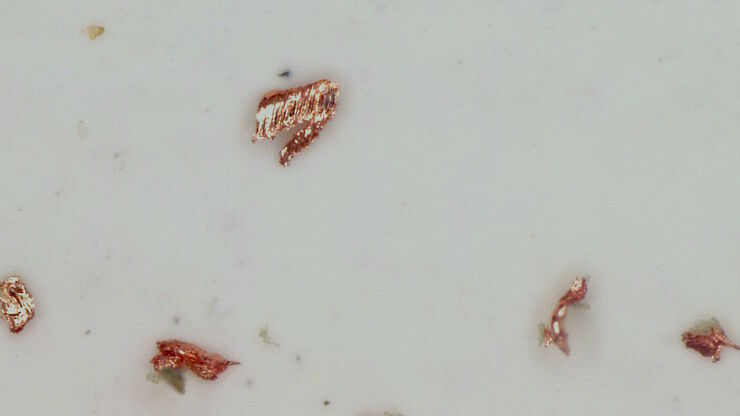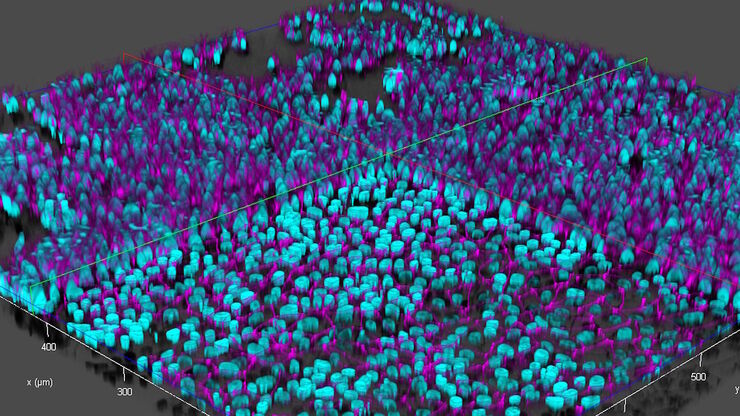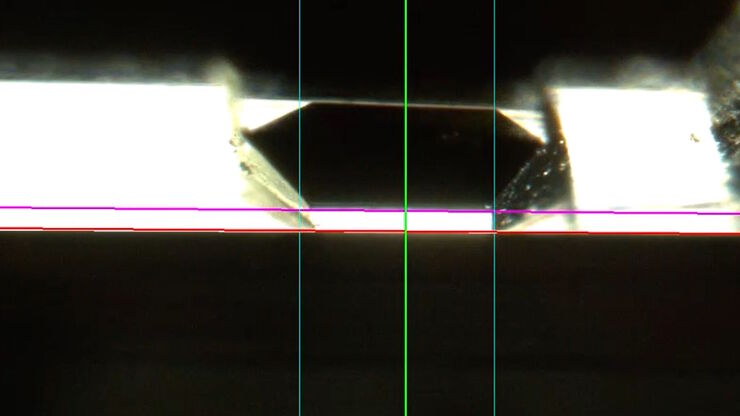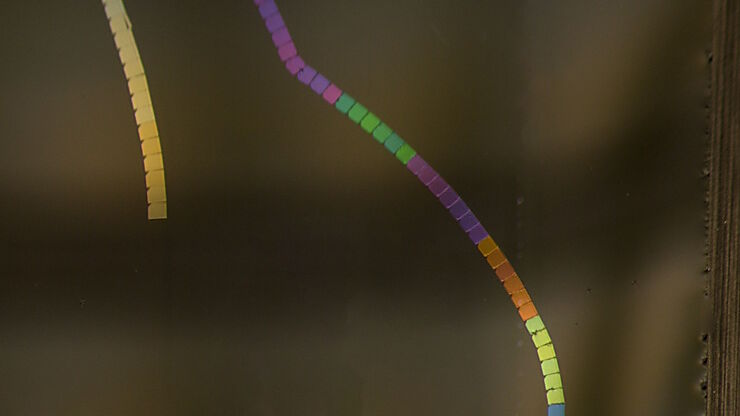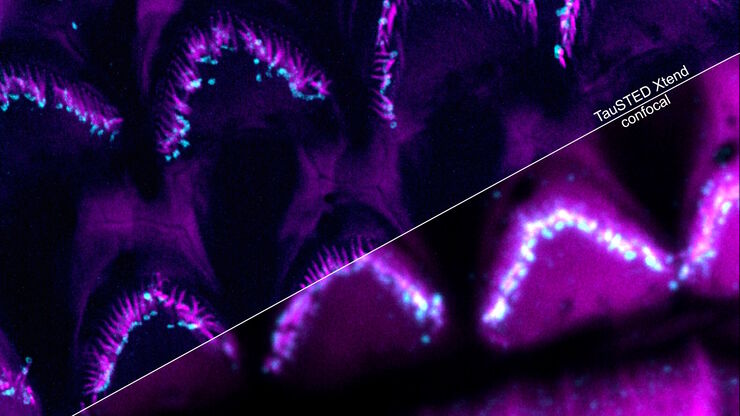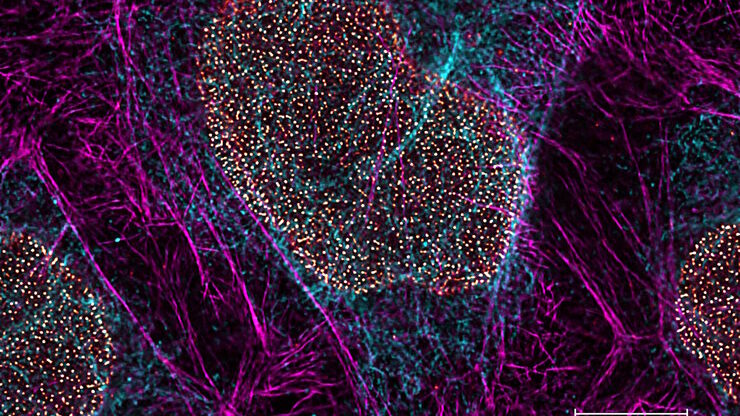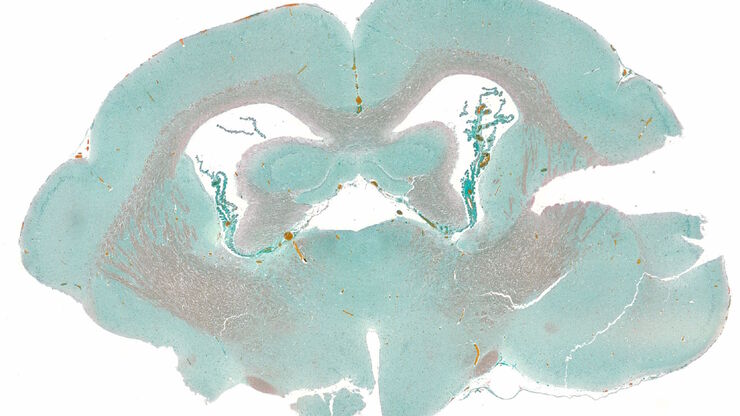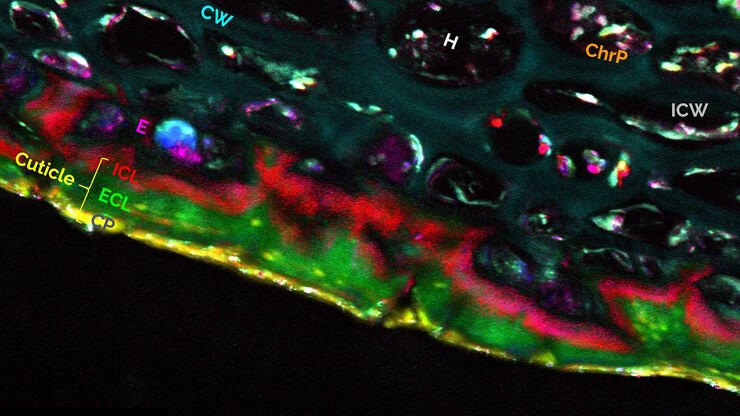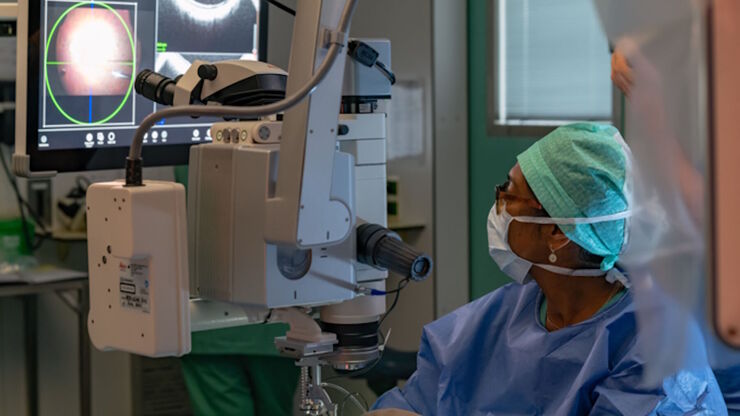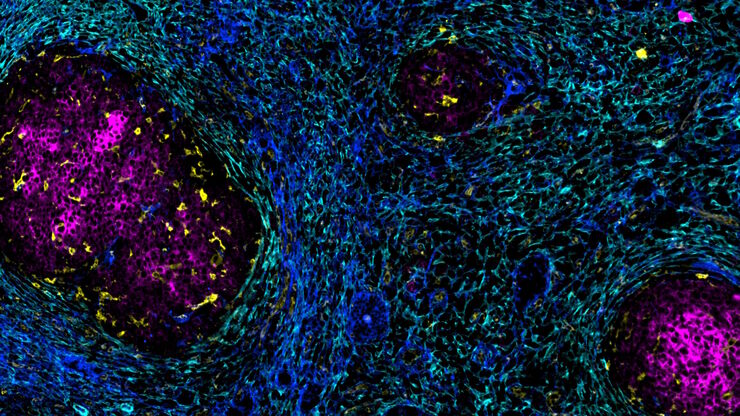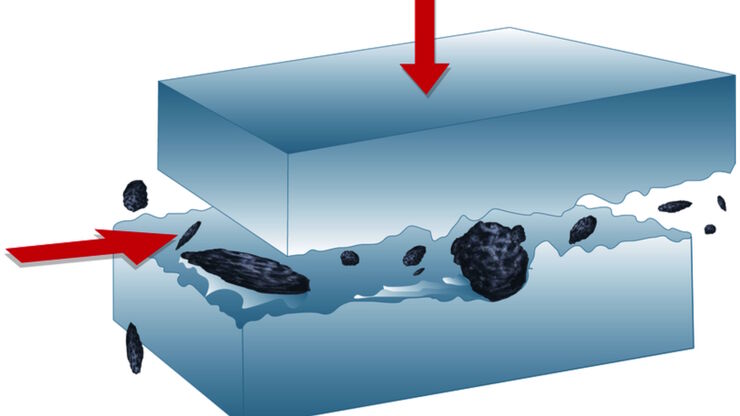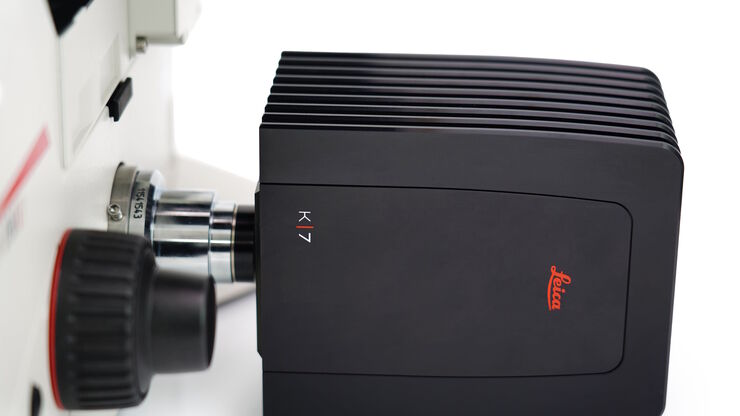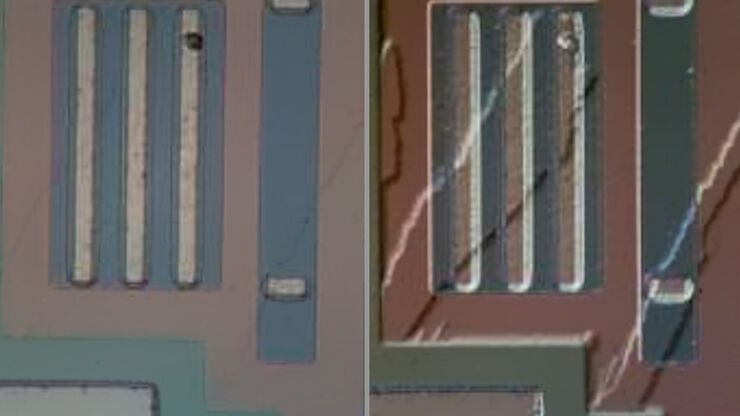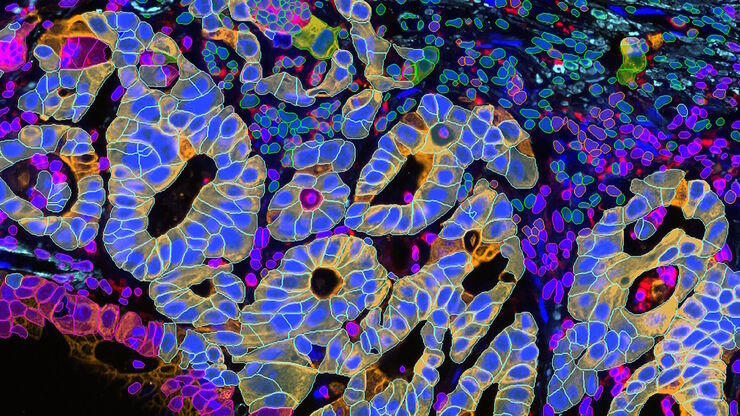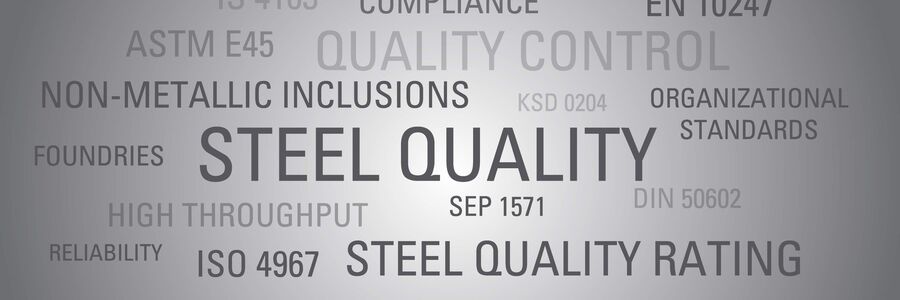
Register now and get the free poster
Steel Quality Rating: Free poster
Steel suppliers and industry manufacturers face the challenge of being compliant with multiple ever-stricter standards. These different standards classify non-metallic inclusions to determine the quality of steel.
From this poster, you get an overview of the following key points related to the rating of non-metallic inclusions:
- International and regional standards
- Classification of individual particles (dimension, shape, aspect ratio, color, and grouping)
- Comparison of inclusion types defined in the most common standards
- Classification of severity of the inclusions
The Steel Quality Solution Suite provides several complete workflow solutions to rate non-metallic inclusions rapidly and reliably.
- Detection and classification of non-metallic inclusions by manual and automated image analysis
- Easy guidance through data acquisition and analysis
- Fast and easy review of rated inclusions with a simultaneous sample overview and detailed view of regions of interest
- Quick adaptation to changes in international, regional, and organizational rating standards
